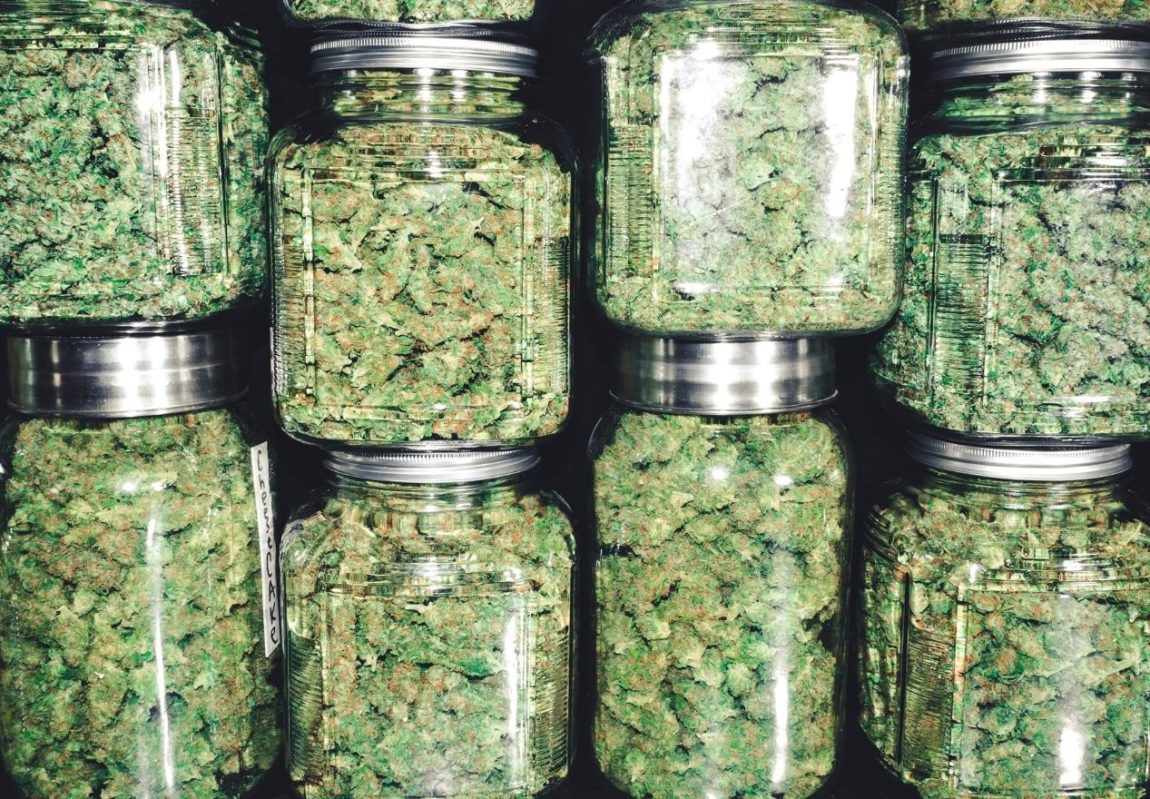Civilizations have been using the incredible medicinal plant for thousands of years. Additionally, modern scientists and botanists have been studying the active ingredients of cannabis for a few centuries. The most progress has occurred in the past 90 years as they’ve isolated and synthesized the various primary compounds. Most recently, in the 1990s, they identified the endocannabinoid system within the body of all mammals, which interacts naturally with the active components in the plants.
The 500-Plus Compounds Found in the Cannabis Plant
Experts have identified at least 545 cannabis compounds. Most people think of the phytocannabinoids, such as THC, CBD, and CBG, as the only active ingredients in the plant. However, there are over 140 of these cannabinoids.
The other compounds produced by the plants include,
● Terpenes
● Flavonoids
● Alkanes
● Sugars
● Nitrogenous compounds
● Fatty acids
● Non-cannabinoid phenols
● Steroids
● Phenylpropanoids
Where do these compounds form?
Hemp and cannabis have small outgrowths that look like minuscule mushrooms called trichomes. These are found on the plant’s stalk, stems, leaves, and the highest concentration is located in the flowers. During the cultivation period, these change from a translucent appearance to a milky white and finally a rich amber hue, indicating the prime time to harvest.
Cannabinoids
The most known naturally occurring plant chemicals in the species are cannabinoids. Researchers used to believe phytocannabinoids or plant-based cannabinoids were unique to the cannabis species. However, these bioactive compounds occur naturally in other plants, including liverworts, Rhododendron, and Radula. In nature, these chemicals protect predators and UV light. Following the harvest, they’re known for their medicinal properties for people.
Some of the most studied phytocannabinoids include,
THC
Tetrahydrocannabinol (THC) is the primary psychoactive component of cannabis. THC has three different chemical formulas—Delta-9, delta-8, and delta-10. The difference between these three is how potent they are in comparison to each other. Delta-9 has the highest potency level, while
Delta-8 is less powerful but still has the same benefits as delta-9. Delta-10 is less potent than delta 9 but stronger than delta 8.
Delta-8, delta-9, and delta-10 THC attach to the CB1 and CB2 receptors found in the body. Delta-9 has the strongest grip on the receptors, where it is looser for delta-8 and 10. Researchers theorize that this coupling determines the level of psychoactivity.
Some of the potential benefits of THC include pain relief and appetite improvement.
CBD
CBD is another cannabinoid that’s grown in popularity. Additionally, more research is available for the compound because it’s non-intoxicating and federally legal. However, you won’t find more than one or two percentages of CBD in cannabis. Instead, it’s located in significant quantities in hemp, another cannabis species. Like THC, CBD interacts with the endocannabinoid system. All mammals have cannabinoid receptors in their bodies.
But, the compound, also known as cannabidiol, doesn’t bind to those receptors as THC does. This shows how CBD interacts differently than THC does with the body and why it offers diverse benefits. Medicinal uses for CBD include anxiety relief and as an anti-inflammatory.
CBG
Often referred to as the ‘mother of all cannabinoids,’ cannabigerol is the first phytocannabinoid to form in the trichomes. Like CBD, it’s non-intoxicating. Unfortunately, there’s much less of the compound in hemp and cannabis than CBD. As the plant develops, CBGa converts to CBDa, THCa, or CBCa. Studies indicate CBG might help with inflammation, oxidative stress, and stimulate appetite.
CBC
Cannabichromene, also known as CBC, is another minor phytocannabinoid non-psychoactive and holds plenty of medicinal potential. Scientists are studying CBC for its anti-inflammatory properties and possible improved facial care benefits, such as preventing acne.
Terpenes
Terpenes are aromatic compounds that produce the scents and flavors associated with growing and dried cannabis flowers. Unlike cannabinoids, terpenes are found all over the place. There are way more of these compounds than cannabinoids, and they’re responsible for the different smells and flavors in everyday products.
Many are found in beauty products, self-care products, and cleaning products. Over 20,000 have been identified in nature. These form in the trichomes with the cannabinoids that cover plants.
Similar to phytocannabinoids, there are major and minor terpenes. Here are the ones most common in the cannabis plant,
Limonene
Not many terpene names match as well as limonene. The aromatic compound offers a citrus scent and flavor. Limonene is the third most abundant terpene found in medical cannabis strains. Benefits of the compound found in orange and lime rinds include anti-anxiety properties.
Myrcene
Myrcene is one of the most common terpenes in hemp and cannabis strains. Other plants with the aromatic compound include hops, mango, and lemongrass. Some advantages of myrcene include anti-inflammatory and sedative properties.
Alpha-Pinene
As the name suggests, a walk in a pine forest produces a powerful pine aroma. The terpene is typical in pine needles and is also located in basil, dill, and parsley. Other than the intoxicating fragrance of the forest and culinary benefits, research shows alpha-pinene may produce natural UV protection.
Flavonoids
Of the 545 compounds, experts have identified around two dozen flavonoids. Cannabis Science and Technology explains the active cannabis ingredients,
“Flavonoids are naturally occurring secondary metabolic products that can have important functions within the cannabis plant and benefit consumers by their health and healing properties.”
These are polyphenolic compounds with a 15-carbon structure. Most importantly, they play a significant role in color. Flavonoids produce several yellows, blues, and reds and transmit energy. Specifically, they’re responsible for cannabis flower’s deep purple and blue hues.
However, the metabolic components have other advantages. They’re phytonutrients and have antioxidant properties, which allows them to fight free radicals and help fight serious conditions, such as heart disease and specific cancers.
Additional Active Ingredients
There are many other minor active compounds in cannabis. These include alkanes, nitrogenous compounds, including spermidine alkaloids, sugars, phenylpropanoids, non-cannabinoid phenols, and fatty acids, which are excellent nutrients. These components have a supporting role to the primary compounds.
Cannabis is a complex plant with hundreds of various compounds that offer different benefits. While we often discuss them as separate chemicals, they may provide more advantages together than in isolation. Many experts subscribe to the entourage effect, which suggests that the natural formula provides the most medicinal use.





No Comments